In recent years, the textile and garment industry has been one of Vietnam's key export industries. However, it is also one of the economic sectors that creates more environmental and social risks than other sectors. Notably, because the textile and garment industry uses a lot of energy during the production process, it is one of the industries with high greenhouse gas emissions. Therefore, reducing emissions in the textile and garment industry is one of the urgent tasks towards achieving the goal of carbon neutrality in Vietnam by 2050.
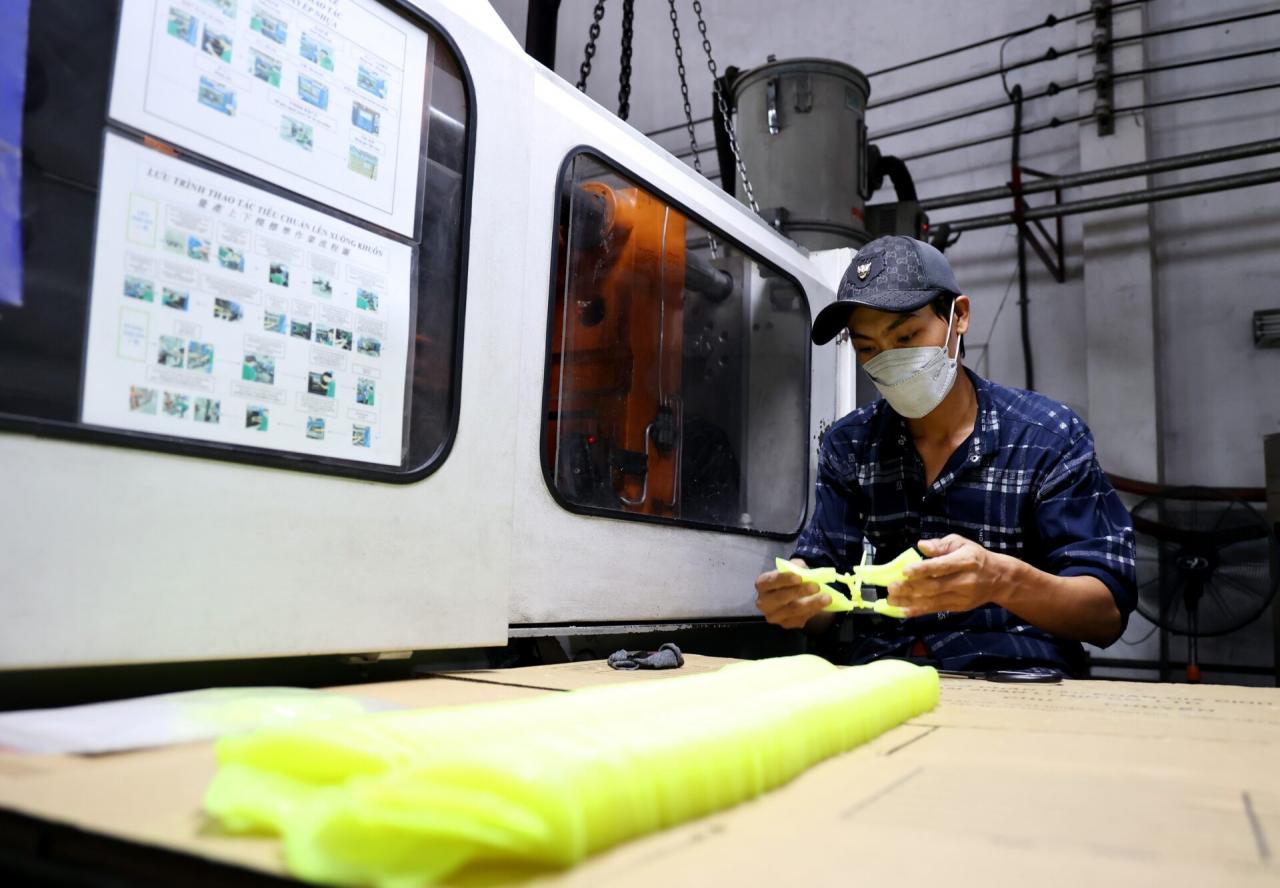
Producing silk thread for the textile industry in Binh Chanh district, Ho Chi Minh City. Photo: Hong Dat - VNA
Large emitter
According to the Vietnam Textile and Apparel Association (VITAS), the textile and garment industry spends about $3 billion on energy consumption each year. The industry currently accounts for about 8% of the industry’s total energy demand and emits about 5 million tons of CO2 per year. In the textile and garment industry, the wet processing of textiles (fibers, fabrics, and garments) is the stage with the highest carbon emissions.
However, in the Strategy for the development of Vietnam's textile, garment and footwear industry to 2030, with a vision to 2035, issued under Decision No. 1643/QD-TTg dated December 29, 2022 of the Prime Minister , the Government has identified it as "a key export industry of the economy". In addition, the Government has also set quite ambitious goals for the textile and garment industry. Specifically, in the 2021-2030 period, the Government expects export turnover growth to reach 6.8% - 7.2%/year, of which the 2021-2025 period strives to reach 7.5% - 8.0%/year; strives for export turnover to reach 50-52 billion USD in 2025 and 68-70 billion USD in 2030; The localization rate of the textile and garment industry in the 2021-2025 period will reach 51%-55% and in the 2026-2030 period it will reach 56%-60%.
With such orientation, it is likely that the textile and garment industry's emissions will increase sharply in the coming time if businesses in this industry do not proactively invest in applying technologies and production processes that emit less greenhouse gases.
Need to be proactive now
To fulfill the commitment of the Vietnamese Government at the 26th Conference of the Parties to the United Nations Framework Convention on Climate Change (COP26) to reduce net emissions to zero by 2050, many industries, including textiles and garments, must make efforts to find ways to reduce emissions into the environment from now on.

Textile workers at Dony Garment Company Limited. Photo: Hong Dat - VNA
According to Decree 06/2022/ND-CP issued by the Government on January 7, 2022 regulating the reduction of greenhouse gas emissions and protection of the ozone layer (List in Decision 01/2022/QD-TTg issued by the Government on January 18, 2022), currently, there are 294 textile and footwear enterprises that must carry out the responsibility of greenhouse gas inventory.
In that context, speaking at the training workshop on inventory and mitigation of greenhouse gas emissions in the textile sector recently organized by the Department of Climate Change (Ministry of Natural Resources and Environment) in Ho Chi Minh City, Mr. Nguyen Tuan Quang, Deputy Director of the Department of Climate Change, emphasized that Decree 06 has provided a specific roadmap for enterprises, including textile enterprises, on providing operational data and related information for greenhouse gas inventory of facilities. From March 2025, enterprises will have to send data to management agencies, and at the same time develop and implement plans to reduce greenhouse gas emissions. From 2026, enterprises will be required to implement emission reduction measures according to the plan, to comply with the allocated emission quota.
On a global scale, climate change has become one of the issues that need to be taken into account in corporate risk management. The effectiveness of greenhouse gas emission reduction has become one of the decisive factors for shareholders and investors in the issue of investment or divestment.
Mr. Koji Fukuda, Chief Advisor of the SPI-NDC Project of the Japan International Cooperation Agency (JICA), noted that with the export expansion orientation of the textile and garment industry, many Vietnamese textile and garment enterprises are participating in global supply chains. In reality, these enterprises are facing pressure from investors, shareholders, and customers in proving that their products are suitable for sustainable development requirements, meeting the "Environment-Social-Governance" (ESG) index, and reducing greenhouse gas emissions.
Therefore, according to Mr. Nguyen Tuan Quang, from now on, textile and garment enterprises need to promptly implement steps to prepare for the implementation of greenhouse gas inventory and emission reduction, to avoid falling into a state of confusion in production, affecting production results, business, and workers. Greenhouse gas inventory and proposing solutions to reduce emissions are necessary, helping enterprises to partly catch up with market trends, green transformation to adapt to brand requirements./.
Vu Hoa




![[Photo] President Luong Cuong receives Prime Minister of the Kingdom of Thailand Paetongtarn Shinawatra](https://vphoto.vietnam.vn/thumb/1200x675/vietnam/resource/IMAGE/2025/5/16/52c73b27198a4e12bd6a903d1c218846)
![[Photo] Prime Minister Pham Minh Chinh and Prime Minister of the Kingdom of Thailand Paetongtarn Shinawatra attend the Vietnam-Thailand Business Forum 2025](https://vphoto.vietnam.vn/thumb/1200x675/vietnam/resource/IMAGE/2025/5/16/1cdfce54d25c48a68ae6fb9204f2171a)






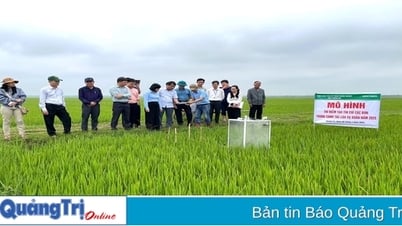


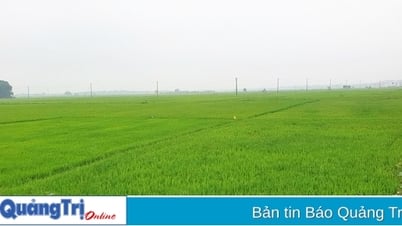






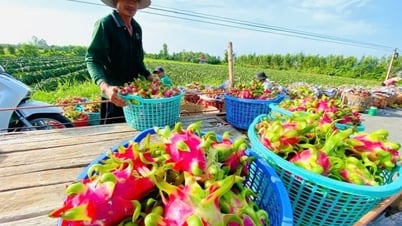





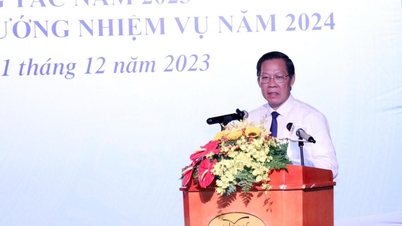


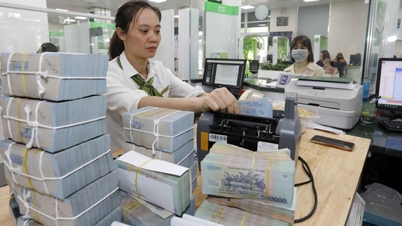
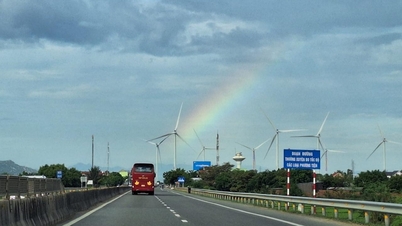
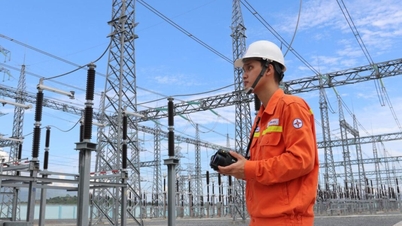
![[Photo] The Prime Ministers of Vietnam and Thailand witnessed the signing ceremony of cooperation and exchange of documents.](https://vphoto.vietnam.vn/thumb/1200x675/vietnam/resource/IMAGE/2025/5/16/935407e225f640f9ac97b85d3359c1a5)







































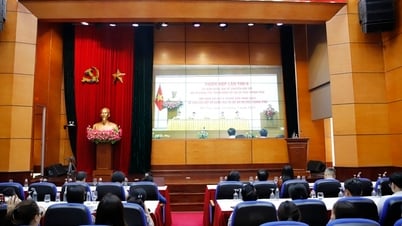







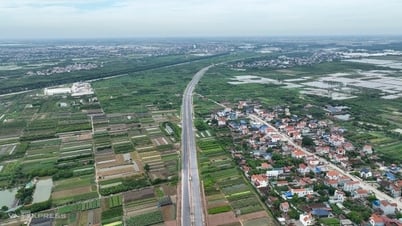



















Comment (0)